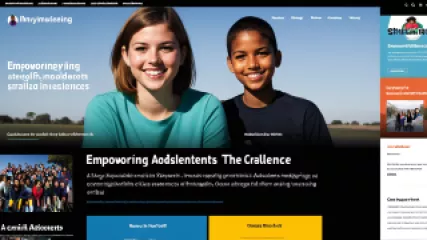How to Improve Mental Health Literacy: A Step-by-Step Guide
il y a 1 an
Littératie en santé mentale
Rising Above Challenges: A Journey of Personal Growth
il y a 1 an
Surmonter les obstacles
The Key to Success: Importance of Work-Life Balance
il y a 1 an
Équilibre travail-vie
Exploring Spirituality in Therapeutic Sessions
il y a 1 an
Spiritualité et santé mentale
Voices of Resilience: Coping Strategies for Mental Health in Rural Areas
il y a 1 an
Santé mentale en milieu rural
Effective Strategies for Overcoming Procrastination: A Research Summary
il y a 1 an
Surmonter la procrastination
Exploring Social Media Impact: An Exclusive Interview
il y a 1 an
Impact des réseaux sociaux
How to Achieve Work Life Balance: A Step-by-Step Guide
il y a 1 an
Équilibre travail-vie
Mastering the Art of Overcoming Obstacles: A Life Coaching How-To Guide
il y a 1 an
Surmonter les obstacles
The Importance of Work-Life Balance: My Personal Perspective
il y a 1 an
Équilibre travail-vie
Effective Strategies for Emotional Health: A Step-by-Step Guide to Therapy for Stress Relief
il y a 1 an
Santé émotionnelle
How to Handle Criticism: 5 Effective Strategies
il y a 1 an
Gérer les critiques
Empowering Adolescents: Addressing Challenges and Fostering Resilience
il y a 1 an
Défis des adolescents
10 Must-Know Social Networking Impact Trends for Digital Coaching Services
il y a 1 an
Impact des réseaux sociaux
7 Lessons from 'Homeward Bound' for Animal-Assisted Therapy
il y a 1 an
Thérapie assistée par les animaux















